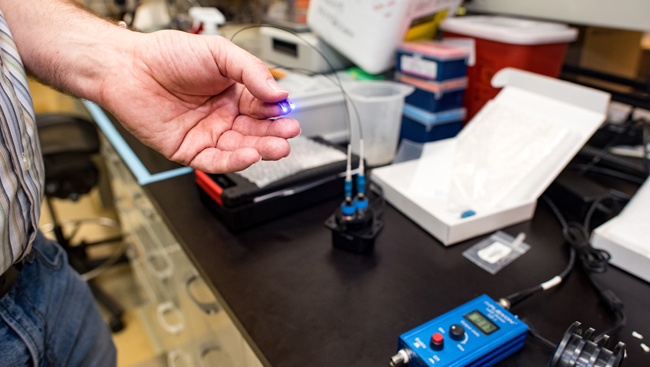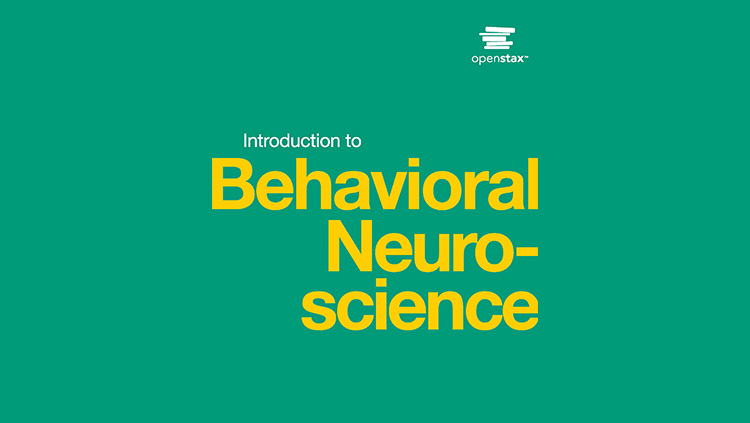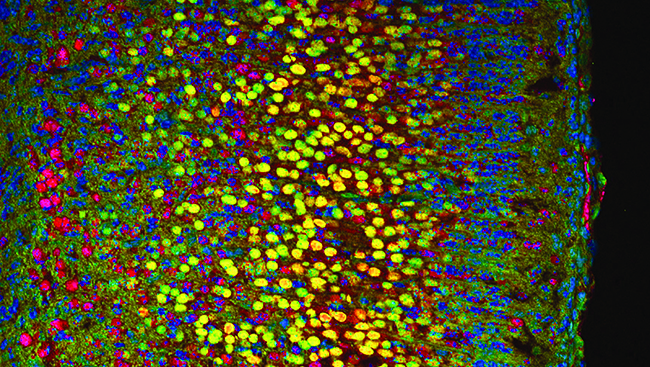Module 7C: Supporting Resources on Technical Considerations

The articles below were selected by Scott Owen, Chris Chen, Julia Lemos, and Shana Augustin, faculty from Module 7 of SfN’s Optogenetics Training Series. These resources supplement their presentations, Selecting Appropriate Stimulus Parameters for Optogenetic Manipulations and Validating Optogenetic Experiments.
Use these resources to optimize, validate, and troubleshoot your optogenetic experiments in order to avoid and address potential confounds.
Optogenetic Silencing Strategies Differ in Their Effects on Inhibitory Synaptic Transmission
Raimondo et al. describe how chloride pumps (halorhodopsin) can interfere with inhibitory synaptic transmission by affecting GABAA receptor reversal potentials and lead to neuronal excitation via GABAA receptors.
Biophysical Constraints of Optogenetic Inhibition at Presynaptic Terminals
In this 2016 paper, Mahn et al. demonstrate that terminal inactivation with both archaerhodopsin and halorhodopsin attenuates evoked neurotransmitter release, whereas prolonged inactivation with archearhodopsin alone increases spontaneous release. These findings reveal that the biophysical properties of presynaptic terminals dictate unique conditions for optogenetic manipulation.
Archaerhodopsin Selectively and Reversibly Silences Synaptic Transmission Through Altered pH
El-Gaby et al. show archaerhodopsin (Arch)-induced inactivation of axon terminals is mediated by intracellular pH control. This pH-mediated synaptic silencing is selective and reversible.
Mattis et al. provide a direct comparison of the activation and inactivation kinetics between many microbial opsins under matched experimental conditions.
Modeling the Spatiotemporal Dynamics of Light and Heat Propagation for In Vivo Optogenetics
Stujenske, Spellman, and Gordon provide an estimation of heat generated by light delivery through an optical fiber and show heat generated by light stimulation can alter the firing of neurons, even in the absence of opsin expression.
Achieving High-Frequency Optical Control of Synaptic Transmission
Jackman et al. compare different viral vectors and opsin expression methods to optimize channelrhodopsin-2-evoked presynaptic activation at high stimulation frequencies.
Harris, Wo, and Zheng present two protocols for stereotaxic-guided placement of recombinant viral vectors into the live mouse brain.
A Toolbox of Cre-Dependent Optogenetic Transgenic Mice for Light-Induced Activation and Silencing
This 2012 resource by Madisen et al. presents a toolbox of four knock-in mouse lines engineered for Cre-dependent expression of bacterial opsins for robust activation or silencing of neuronal activity.
Watakabe et al. provide a comparative analysis of cortical viral spread in marmoset, mouse, and macaque cerebral cortex using different adeno-associated virus serotypes and promoters.
Pillay et al. provide information about different AAV serotypes and their distinct interactions with the AAV receptor. These interactions have important implications for AAV vector transduction efficacy and tropism.
Visit the Community forum for all eight modules to share your insights and best practices, ask questions, and engage with other training series’ participants.
Complete this short survey to provide valuable feedback about Module 7 to SfN and the series faculty.







